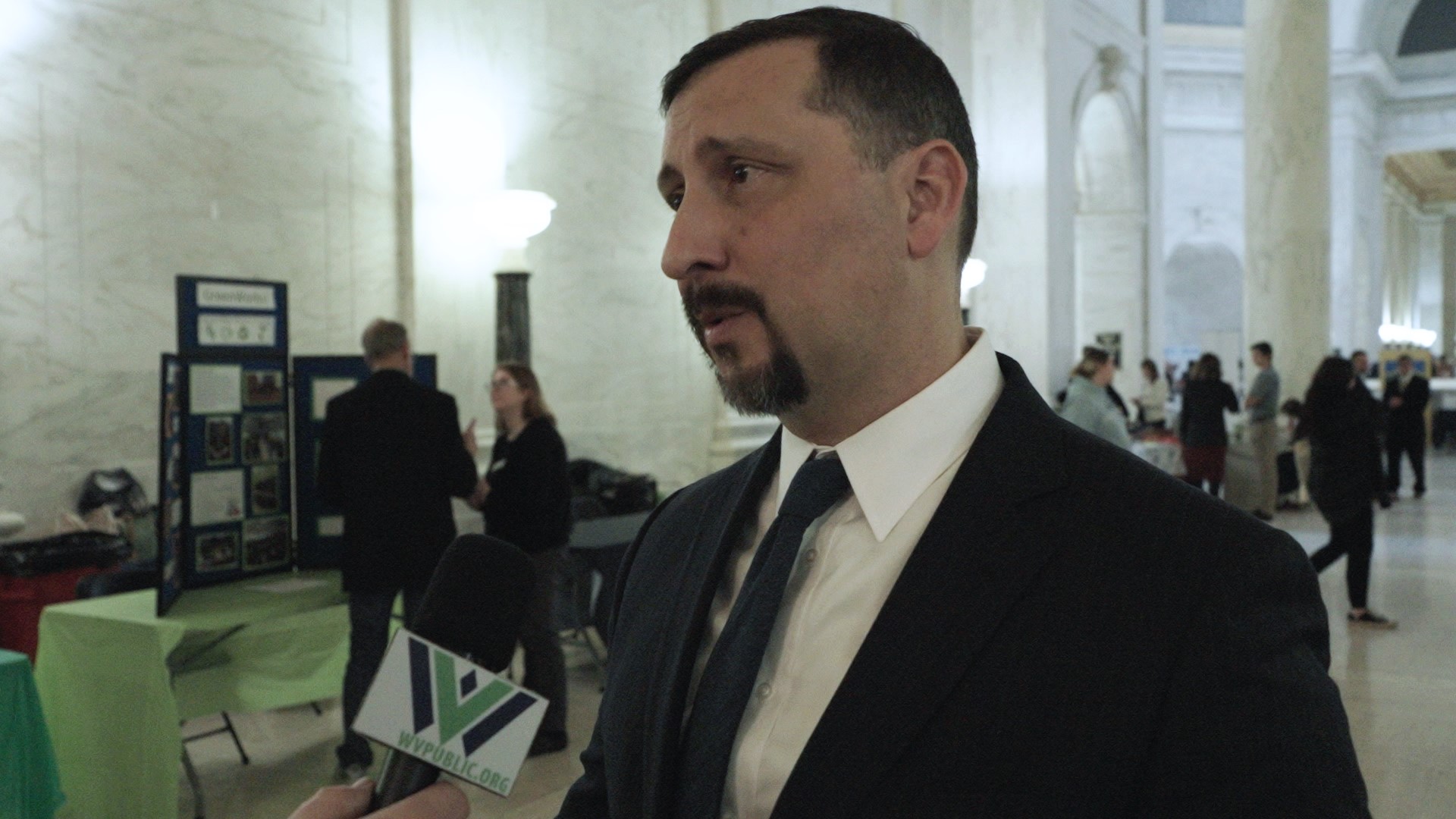State and local environmental advocates welcomed a special guest to the Capitol Tuesday for E-Day.
Adam Ortiz, the U.S. Environmental Protection Agency administrator for Region 3, which includes West Virginia, came to the Capitol to speak to lawmakers and advocacy groups.
Ortiz says the EPA has invested half a billion dollars in West Virginia during the Biden presidency. That money has gone to improving water and wastewater systems and cleaning up abandoned coal mines and industrial sites.
“It’s not just cleaning up the stuff in the past but preparing this infrastructure for the future. So, it’s hard to attract a hotel to a community if you don’t have strong water systems, both drinking water and wastewater. So, we’re partnering with localities partnering with the state because we want to help West Virginia open its next chapter revitalization and you know, cleaning up the old stuff as part of that process.”
Ortiz says West Virginia has the infrastructure and the workforce to support its economic future. He says the EPA’s role is to help the state clean up the legacy pollution of its historical mining and industry.
“So our focus at EPA working with the state is on revitalization, taking a lot of these abandoned mine areas, as well as brownfields. And it wasn’t just coal production here, but also lots of chemicals and companies that are long gone. And often these sites, these properties are right in the middle of, you know, great old towns and cities, they’re connected to the water, they’re connected to the rail. So our job is to help the state clean them up and get them back online economically.”
Ortiz also praised the young people who came to the Capitol to speak out on environmental issues and share their ideas with lawmakers.
“So we’re really cheering on the young people, the universities and the schools for their environmental programs, because they’re going to have the baton before too long.”
